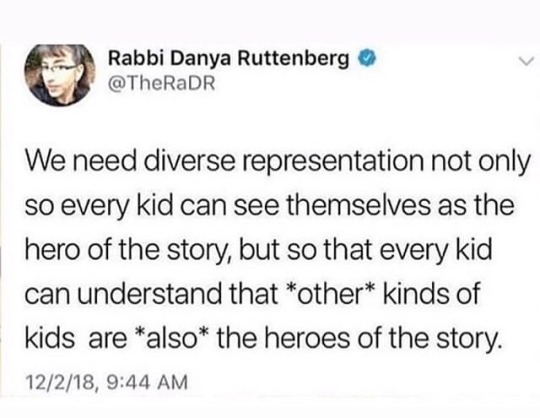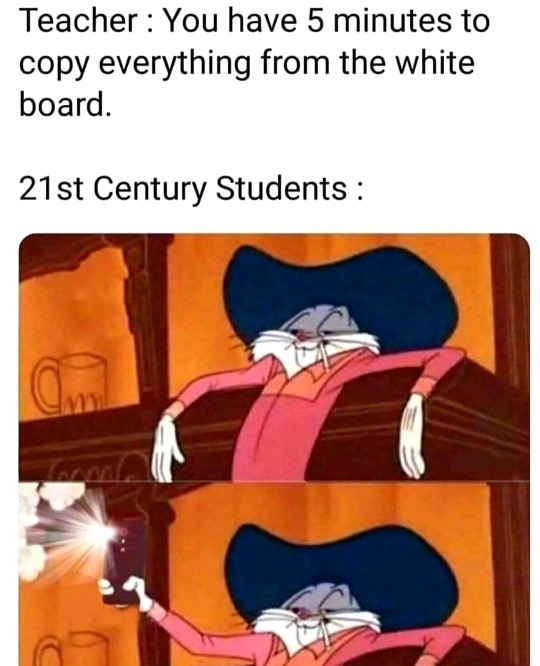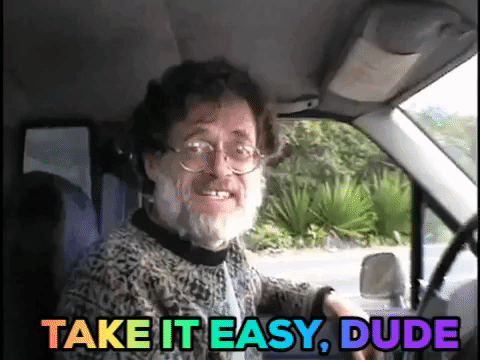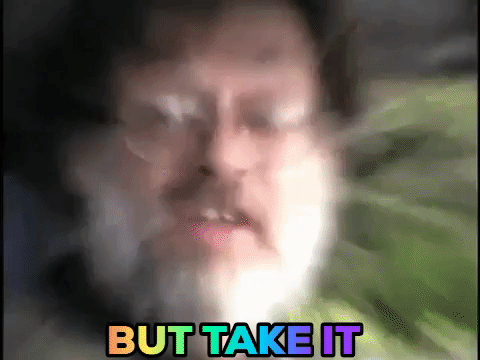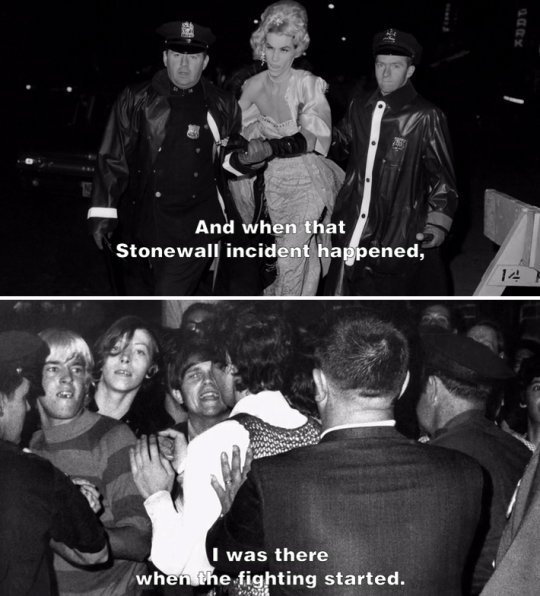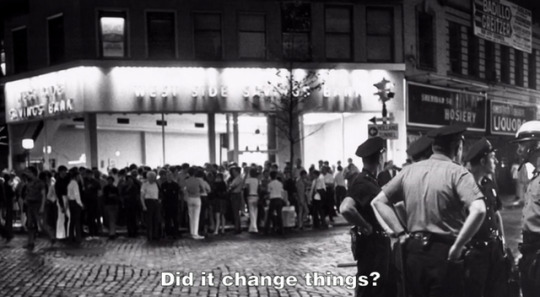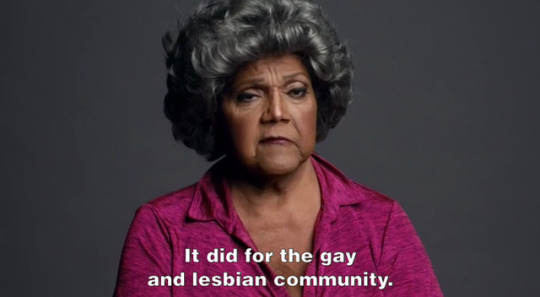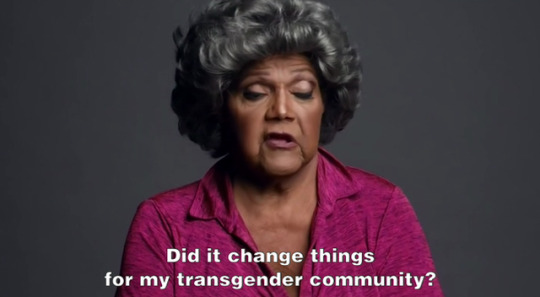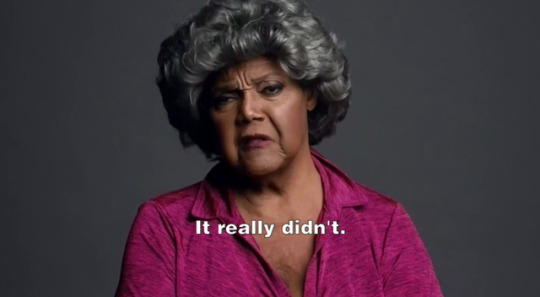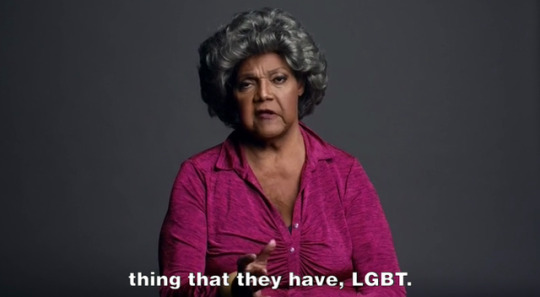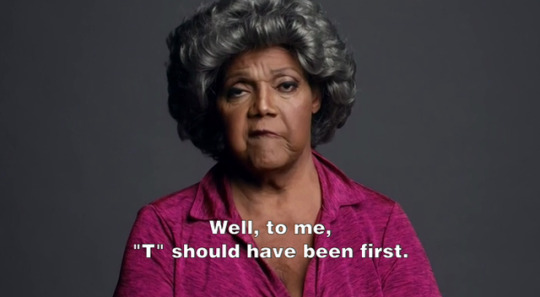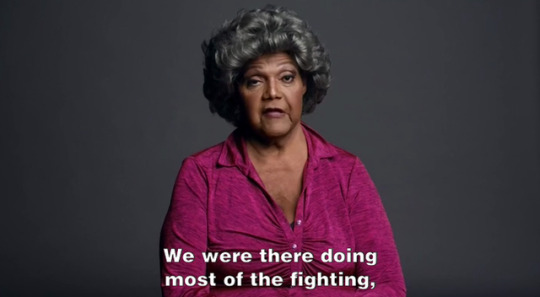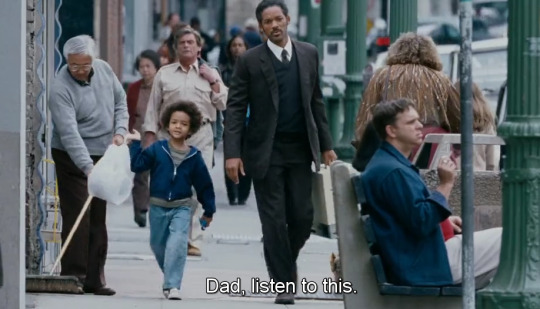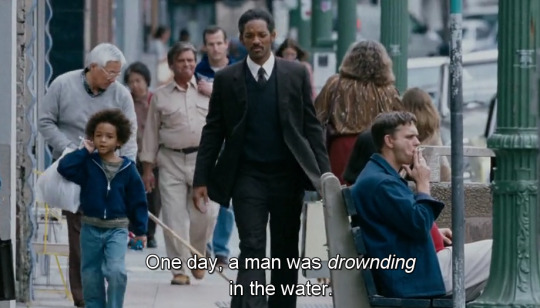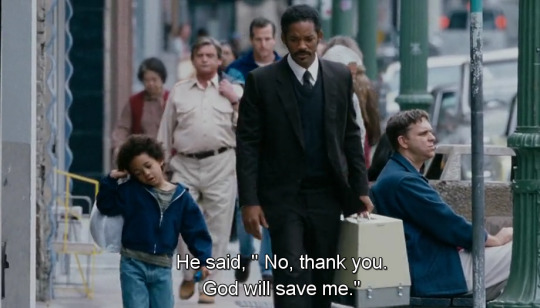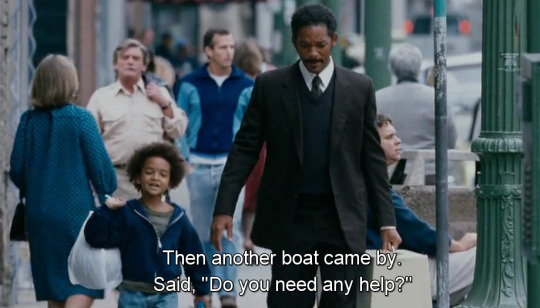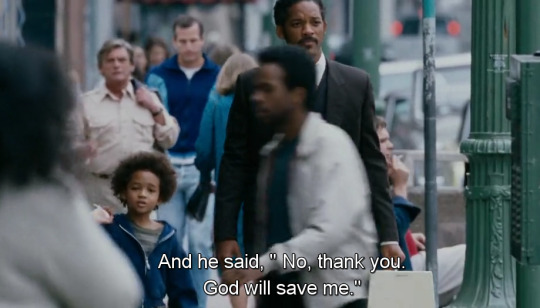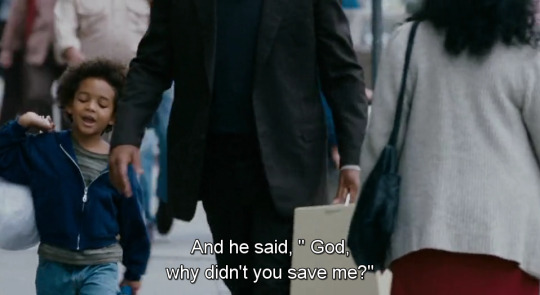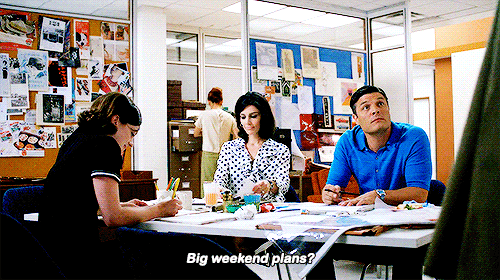A micro-blog of my own work, and occasionally other things that I find inspiring or amusing.
Don't wanna be here? Send us removal request.
Photo

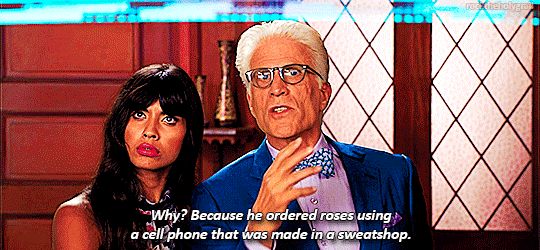

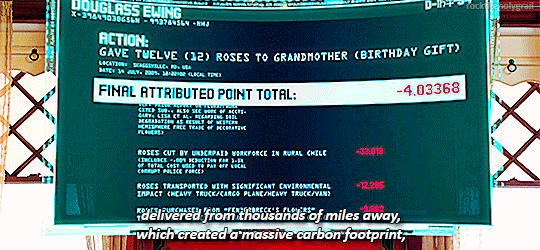

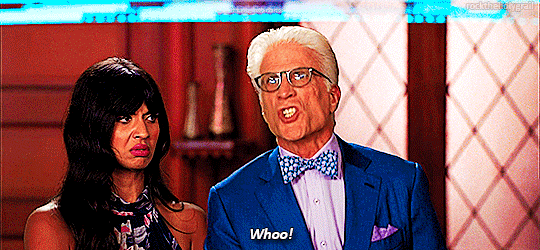
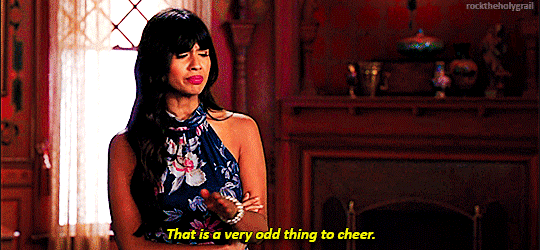
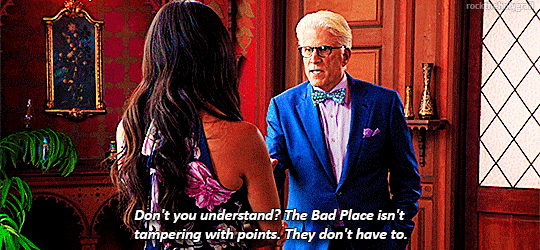


There are so many unintended consequences to well-intentioned actions. It feels like a game you can’t win.
271K notes
·
View notes
Text
I deleted the Tumblr mobile app. I’m a happier, healthier person, and I’m not getting frequent messages about my data about to run out.








39K notes
·
View notes
Photo










Hey Tumblr I am open for and actively seeking commission work! No job is too big or too small, and my rates are great. Simple spot illustrations to more elaborate work like character design and illustration is all good. I also do portraits - people and pets. Let me know what you need and we can make it happen! Your support really helps, in a bills and groceries kind of way. Thanks. And if you’re not in the market right now, please hit that reblog button!
I also have prints and comics available here!
#freelance#commissions#art#artists on tumblr#steven universe#linkin park#star trek#battlestar galactica#street fighter#Rom The Space Knight#ROM#kim and kim#Prince
5 notes
·
View notes
Text
Everything You Need to Know About the Aug. 21 Eclipse
On Aug. 21, all of North America will experience a solar eclipse.

If skies are clear, eclipse-watchers will be able to see a partial solar eclipse over several hours, and some people – within the narrow path of totality – will see a total solar eclipse for a few moments.
How to Watch
It’s never safe to look at the Sun, and an eclipse is no exception. During a partial eclipse (or on any regular day) you must use special solar filters or an indirect viewing method to watch the Sun.

If you have solar viewing glasses, check to make sure they’re safe and undamaged before using them to look at the Sun. Make sure you put them on before looking up at the Sun, and look away before removing them. Eclipse glasses can be used over your regular eyeglasses, but they should never be used when looking through telescopes, binoculars, camera viewfinders, or any other optical device.
If you don’t have eclipse glasses, you can still watch the eclipse indirectly! You can make a pinhole projector out of a box, or use any other object with tiny holes – like a piece of cardstock with a hole, or your outstretched, interlaced fingers – to project an image of the partially eclipsed Sun onto the ground.

Of course, if it’s cloudy (or you’d just rather stay inside), you can watch the whole thing online with us at nasa.gov/eclipselive. Tune in starting at noon ET.
If you’re in the path of totality, there will be a few brief moments when it is safe to look directly at the eclipse. Only once the Moon has completely covered the Sun and there is no light shining through is it safe to look at the eclipse. Make sure you put your eclipse glasses back on or return to indirect viewing before the first flash of sunlight appears around the Moon’s edge.

Why do eclipses happen?
A solar eclipse happens when the Moon passes directly between the Sun and Earth, casting its shadow down on Earth’s surface. The path of totality – where the Moon completely covers the Sun – is traced out by the Moon’s inner shadow, the umbra. People within the Moon’s outer shadow, the penumbra, can see a partial eclipse.

The Moon’s orbit around Earth is tilted by about five degrees, meaning that its shadow usually doesn’t fall on Earth. Only when the Moon lines up exactly between the Sun and Earth do we see an eclipse.

Though the Sun is about 400 times wider than the Moon, it is also about 400 times farther away, making their apparent sizes match up almost exactly. This is what allows the Moon to block out the Sun’s bright face, while revealing the comparatively faint, pearly-white corona.
The Science of Eclipses
Eclipses are a beautiful sight to see, and they’re also helpful for our scientists, so we’re funding eleven ground-based science investigations to learn more about the Sun and Earth.

Total solar eclipses reveal the innermost regions of the Sun’s atmosphere, the corona. Though it’s thought to house the processes that kick-start much of the space weather that can influence Earth, as well as heating the whole corona to extraordinarily high temperatures, we can’t study this region at any other time. This is because coronagraphs – the instruments we use to study the Sun’s atmosphere by creating artificial eclipses – must cover up much of the corona, as well as the Sun’s face in order to produce clear images.

Eclipses also give us the chance to study Earth’s atmosphere under uncommon conditions: the sudden loss of solar radiation from within the Moon’s shadow. We’ll be studying the responses of both Earth’s ionosphere – the region of charged particles in the upper atmosphere – and the lower atmosphere.
Learn all about the Aug. 21 eclipse at eclipse2017.nasa.gov, and follow @NASASun on Twitter and NASA Sun Science on Facebook for more. Watch the eclipse through the eyes of NASA at nasa.gov/eclipselive starting at 12 PM ET on Aug. 21.
Make sure to follow us on Tumblr for your regular dose of space: http://nasa.tumblr.com
14K notes
·
View notes
Photo

Issue 9 of Stronghold is donezo! Like, really really really donezo! It's one of if not our best issue yet and certainly some of my best art yet. Sean Marks came on as my new writer and did a bangup job his first go 'round! We're gonna make sweet comic book love together. Look forward to it. It'll all be on Comixology eventually and on my gumroad page much sooner than that! After I spend the weekend, possibly the next week congratulating myself on a job well done, work begins on R!DE #2! Let's get it!
3 notes
·
View notes
Text
Anyone who says you can’t give flowers to boys clearly hasn’t tried it. Seriously, give a boy some roses, they get adorably flustered and go all red. It’s the most precious thing.
Give more boys flowers. 🌹🌼🌻🌸🌷🌺💐
422K notes
·
View notes
